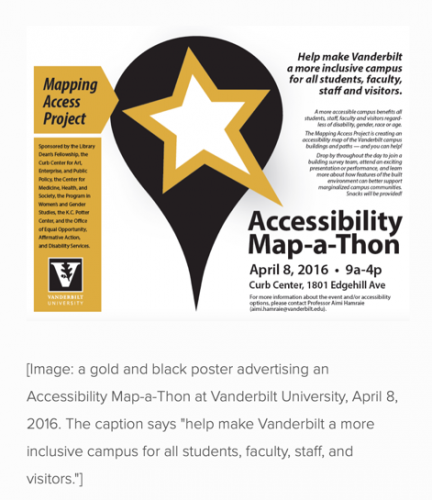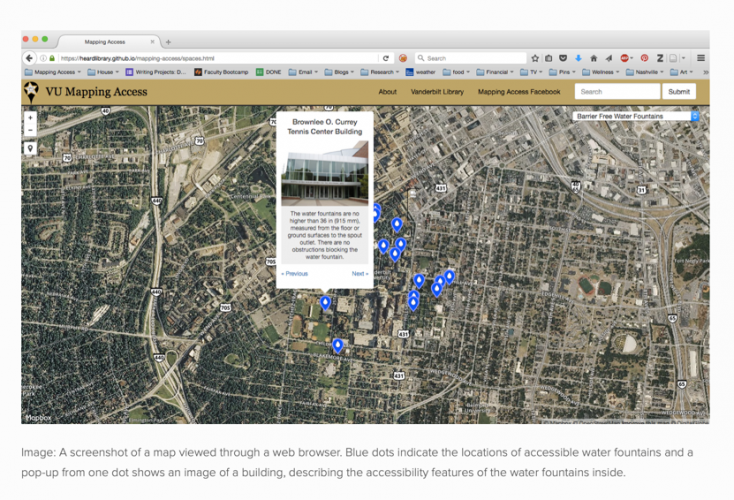Imagine you slipped on a wet floor and fractured your feet. The doctor recommends you not to exert any pressure on your feet for the next 2 months. You still have classes to attend, assignments to submit and exams to write in these 2 months. You decide to stay strong and be brave enough to continue to go to school, instead of skipping the whole semester. On your first day of class after the accident, you reach to your school only to realize that your class is on the third floor and the lift is out of order.
What do you do?
Now, imagine the lift was working and you were fortunate enough to attend the class, but when you decide to return back to your home at 12:30 in the night after exhausting assignment work, you see that the lift has malfunctioned.
What do you do now? How will you go home?
That’s just one of the many stories of people with permanent disability who face similar problems in their daily life.
In response to such problems in the real world, Mapping Access is a project from Critical Design Lab which draws on the methods of critical and interrogative design for inclusion in architecture. It is led by Aimi Hamraie, who is an Assistant Professor of Medicine, Health, & Society and American Studies at Vanderbilt University. Hamraie is also the author of Building Access: Universal Design and the Politics of Disability. Mapping access is about inclusion of spaces for users of accessibility features through architecture with the help of digital maps, community events and even photographs. To create a broader range of accessibility in the architectural spaces around us, Hamraie engages the actual users for surveys and data collection, that helps her to understand the real world problems.
Deriding the conventional approach of complying to codes and standards, Hamraie believes in a more analytical and intersectional framework of critical crowd-sourcing that helps them to gather large amount of data, conditioning the participant’s background and expertise. They also host community events such as Map-a-Thon (refer figure 1), which is a participatory event that gives them the opportunity to hear the participants not just as users who share the objective truths in their real-life scenarios, but who also act as critical thinkers giving them solutions with expertise in usability.
Critical Design Lab is open to help to people and students of any discipline, who are interested in collaborating for the mapping project in areas such as:
- Campus mapping, an application project that identifies all the accessible buildings and places around the area [Figure 2]
- Urban activist mapping, that maps public spaces to develop public belonging.
- And integrating mapping pedagogy through teaching.
Some of the other projects from Critical Design Lab are:
- Vanderbilt University Accessibility Map, which is under development.
- Nashville Feminist Collective access project, that identifies key meeting spaces and evaluates their accessibility.
- Office ecologies, which explores practicing of enlivening office spaces through indoor micro-gardening and other DIY technologies.

Figure 1

Figure 2